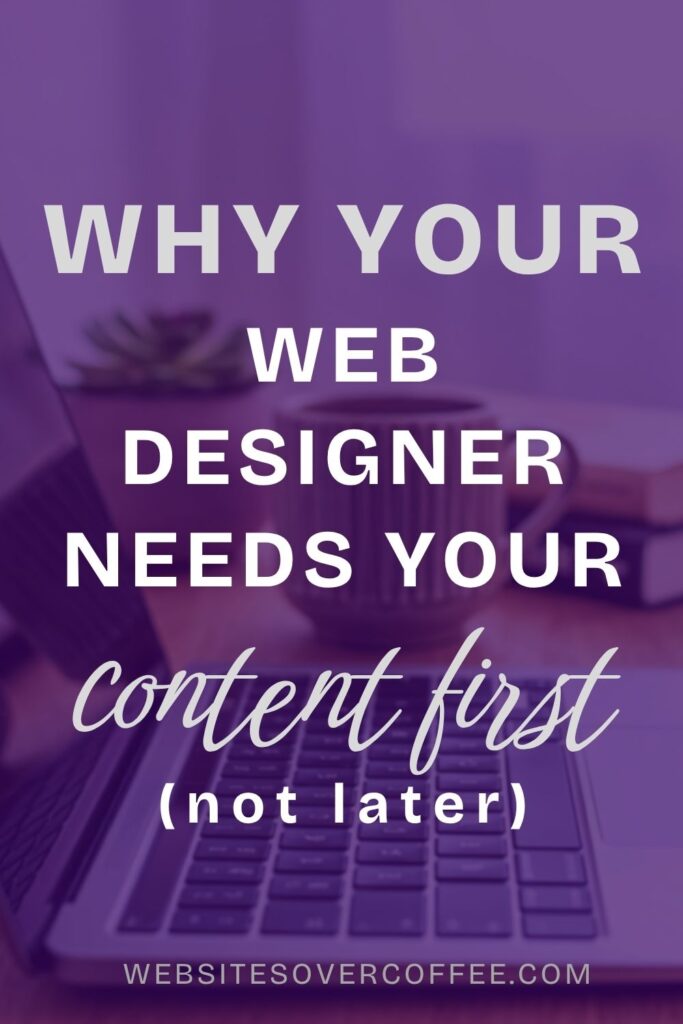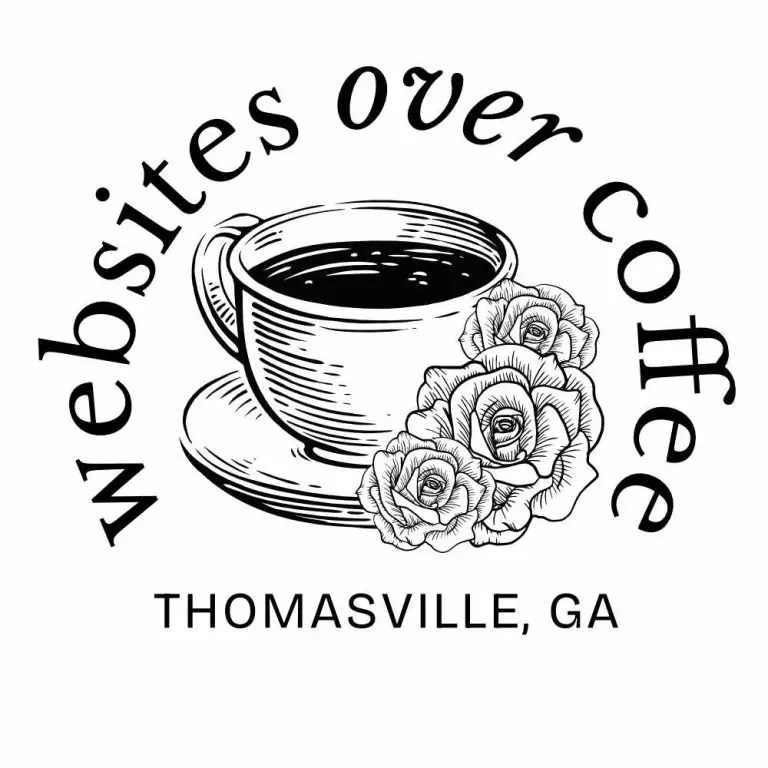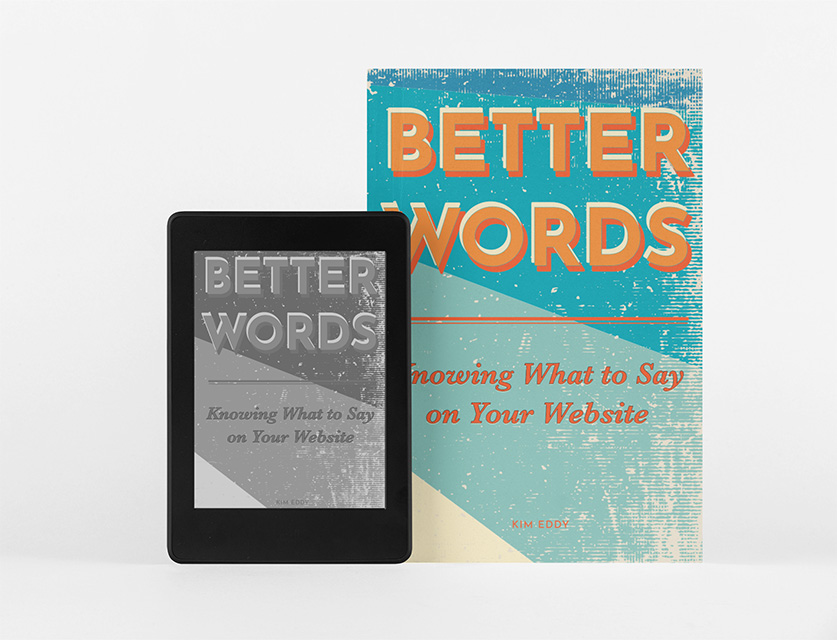In this post, I want to explain why I require content (that is, the words and photos you plan to use) before I get started on your design project. Trust me, content first design is important to effective design.
If I had to sum the problem up in one sentence, I’d say this: All design is about amplifying your message. So, if I, as a designer, don’t know what that message is, I can’t design for your content as well.
Makes sense, right?
In short, content first design is all about knowing what your design’s purpose is. This way I can decide how it’ll achieve that purpose before I design.
Through this content-first design process, the vision for the end product will be established collaboratively and in realistic terms regarding, for example, feasibility and budget constraints. The client and stakeholders will be more invested in seeing how a great design is based on data and content. By aligning the client at the beginning, the team will be more informed when it comes time to sign off on final designs.
Robert Suckley
I repeat: in a perfect world, any designer would have content in hand before the design begins.
Cynical Practical reasons for content first design
I could get cynical about why I prefer content in hand. The problems are not anyone’s fault. This sort of thing is human nature.

People imagine themselves being more productive than they are.
As a designer, I’ve seen this so many times. The client insists they will have copy for me soon. Just get started right now.
Once I’m done with the design, and they approve the design, I get the content. My heart sinks.
They haven’t written enough content to fill the area they wanted and approved. The bit of copy (one or two sentences) causes the layout to collapse on a website, or makes the other design look too empty. If you only have a few sentences on a page, you also hurt your search engine optimization.
You may have an idea about what you want to say on your website, in your brochure, in your ad, and so forth, but until you sit down and start writing, you don’t know.
Create your content first, and my design for your content will be stronger for it.
Content First Design tells a better story
When you provide the content before a design, your designer has more to work from.
Every design, like every piece of content, should lead your target audience towards a goal. A call to action. Something you want them to do.
Until I, as a designer, have your content in hand, I don’t know what the story is. I may know how the story ends, but I’m not yet clear on how you want your customer to get to the goal.
There’s a significant chance I may lead the customer, through design, along a different route. Once I input the content going another direction, the two won’t work together as they should.
Content needs to come first.
Projects go faster with content first design
Late content is often to blame when I’ve had projects run too long or require extra revisions.
Revising content, replacing content, realizing the content doesn’t fit right on the page are all issues that lead to time-intensive revisions.
Sometimes, until you put the copy on a page (on the web or in print) you don’t know how well the design works or doesn’t work. Content first design bypasses these issues.
Templates and content first design
You might wonder what the role of templates is in content first design.
For example, if I’m creating a social media template for you, I don’t have every piece of content you’ll use in it. And if I’m creating a web design for your blog, I won’t have all of your content for that either.
So how does that work?
When I talk about content first design, one or two blog posts will do before I create the layout. Or a few sample social media posts before I create the templates. Just an idea of what your content is going to be like is enough in such cases.
I’m talking about ideals here, of course. Life happens and things don’t always run perfectly in website launches or design projects. I’ve been doing this for 30 years. I know.
Believe me, I know.
But in an ideal situation, your designer would prefer to get your content first. You’ll like the results.


